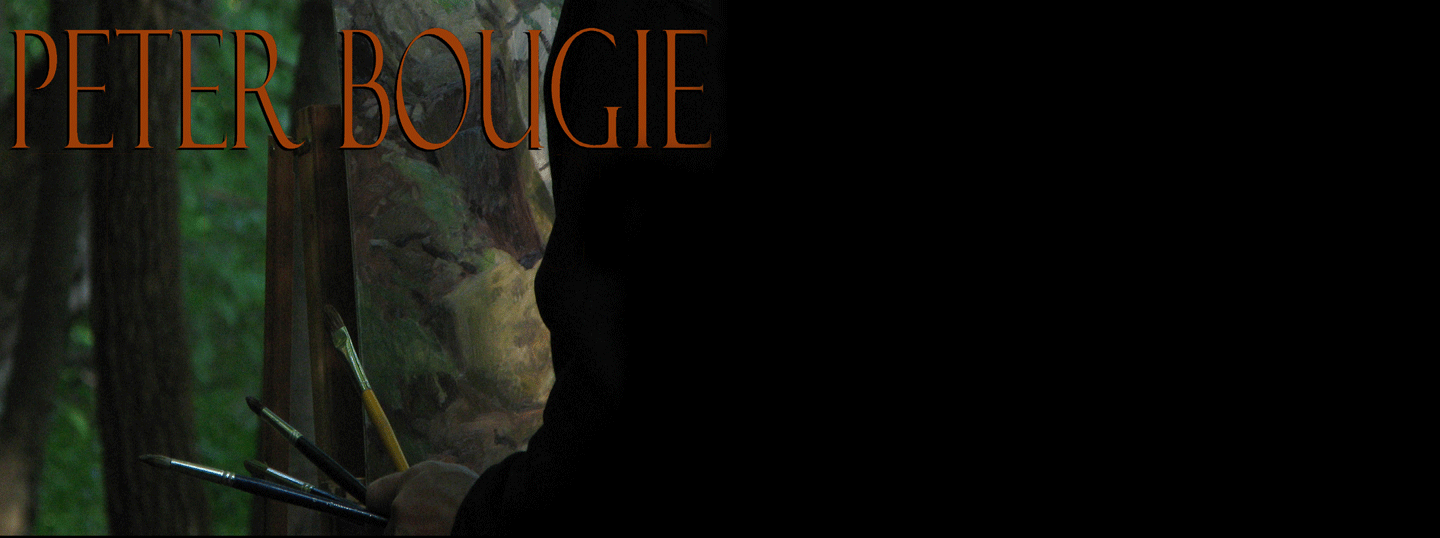Just north of the I-94 bridge crossing at Hudson, Wisconsin,
on the Minnesota side of the St. Croix river, there is a dry run angling northwest
out of the main part of the valley. There is an open bluff side there, with a
couple of signs indicating a prairie restoration project. The east and south
slopes of the bluff are tall grass and other prairie plants. The crown and
adjacent wooded hillsides have red oak, burr oak, aspen, red cedar, cottonwood and
other species typical of this area. I don’t know if the restoration is a public or private
enterprise. It doesn’t have the usual indicators of a state project. There is a railroad line on the southwest side
of the draw, and the west face of the northeast bluff was a sand pit once upon
a time, and not so long ago; the scars are barely grown over with grasses, and
lumps of concrete and asphalt spot the unnaturally flat bottom of the draw. I’ve
painted at this location numerous times over the past several years. Beguiled by
the autumn colors, I did four paintings there in the last part of October 2017.
Beguiled, infatuated, taken in – terms and phrases that
apply aptly to both amorous misadventures and plein air painters in search of
fall colors. One’s better judgment can be, and frequently is, dazzled by the
fall foliage. I think it was John Carlson who advised that when in search of a
subject, the artist is well served to commit to the first thing that looks
promising. The idea is to not chase will ‘o’ the wisps into some bog where
trolls will seize you. Also, recall that everything in nature looks great until
you put a frame around it – that is, until your motif with its various elements
is enclosed within the vertical and horizontal boundaries and proportions of
your picture plane, to which the elements must harmoniously relate.
I was beguiled in two of my attempts. In one, the curve of a
large yellow cottonwood dominates the composition beyond its ability to hold
the viewers interest – the main element is out of proportion to the format. It
is overly large, and yellow to boot. Yeah, there it is. In the other, a backlit red
oak is over-engulfed by the visual clutter all around it. Neither painting is beyond
repair. I can go back next season and take another shot at each subject, if I’m
inclined; however, experience shows that I will likely be interested in some
fresh pursuit when that time of season comes around, and I won’t get back.
 |
| Red Gap oil on panel, 14 x 11 Copyright Peter Bougie 2017 |
Of the other two, Red Gap is my
favorite. There is a sense of looking across a broad space at an opposite
hillside, one that is not too far distant, but separated from the viewer by
steep terrain. The featured gap of the title was spotted on site and very
near the golden mean; the viewers eye releases through it into the uphill but
less steep space beyond, occupied by trees mostly denuded already of their
foliage. And there is a naked cottonwood just to the right of center, offsetting
the gap, and enclosed and subdued by the grouping of red oaks, shorn
of its yellow show; although if not, I think the thing would still work. Perhaps even better.
 |
| Red Gap, detail Copyright Peter Bougie 2017 |
Over the horizon only a few miles away are the eastern suburbs
of St. Paul, in all their unholy commercial sprawl. I don’t claim to be holier
than thou and never go there; only that in a better world, it wouldn’t be so.
Nor am I advocating for some utopia, for they are not possible; their advocates
must always resort to violence. The place where I stood is a commercial/industrial
scar, partially healed over. Sounds of traffic from the highway and the airways
overhead is, like hubris, ever present. In the contemplation of the healing is silence,
and the subduction of the outsized ego.



